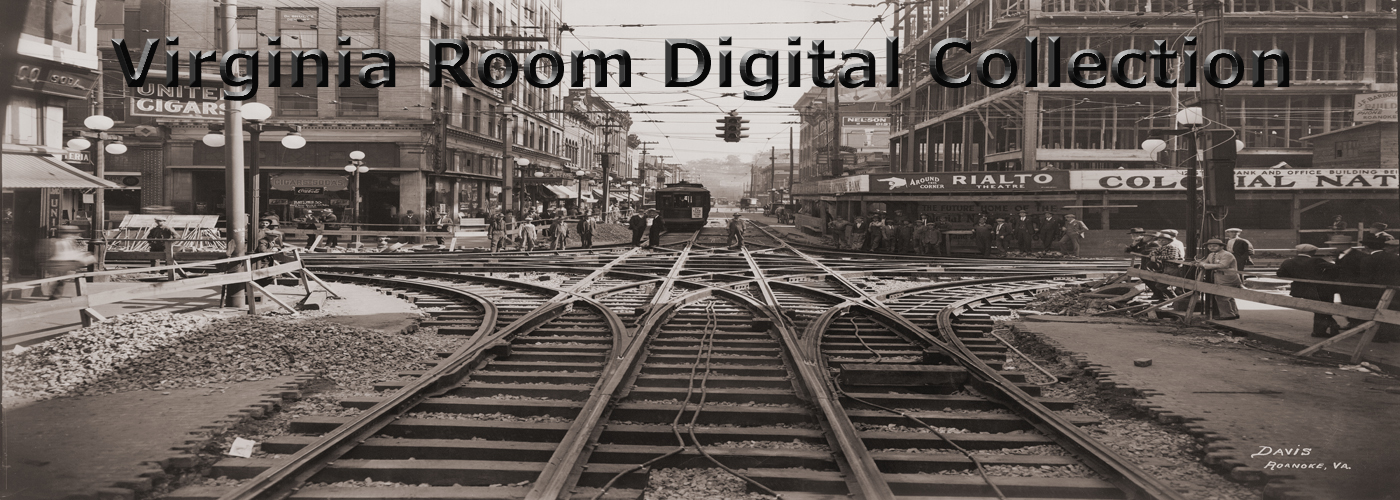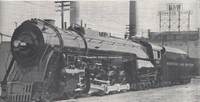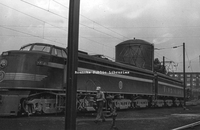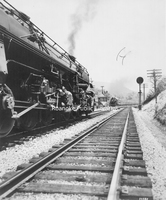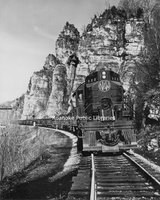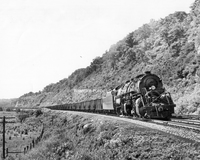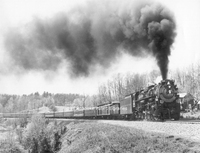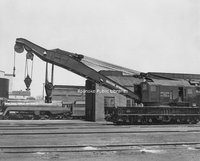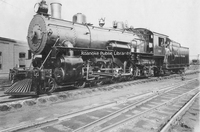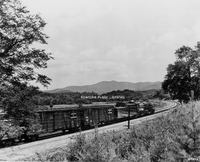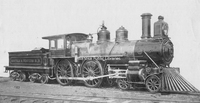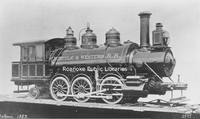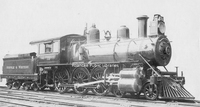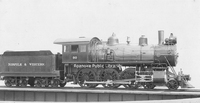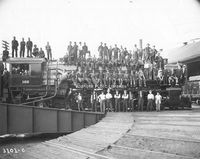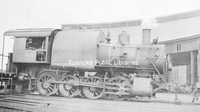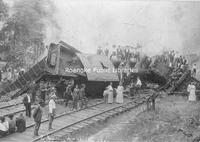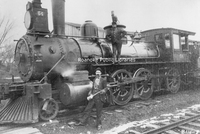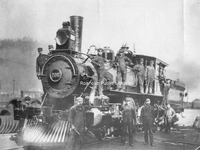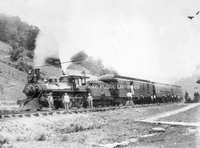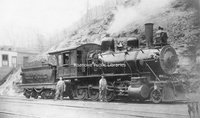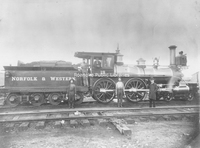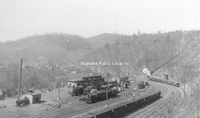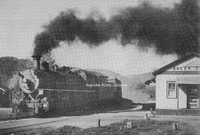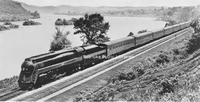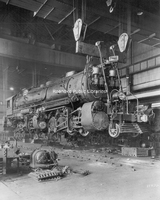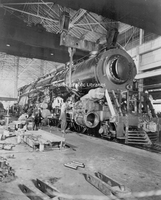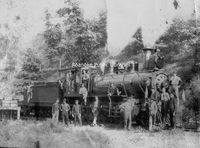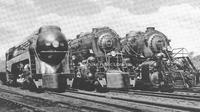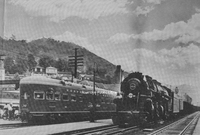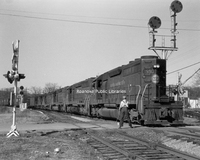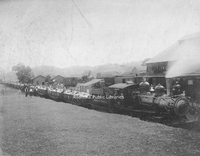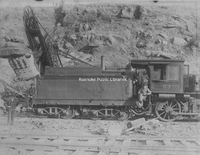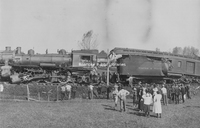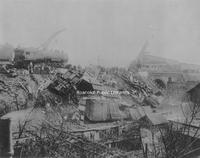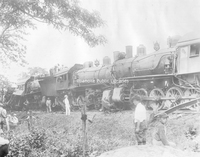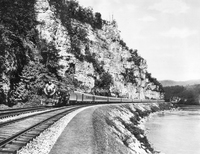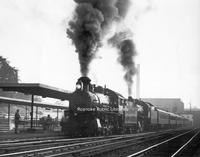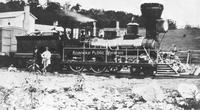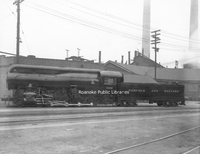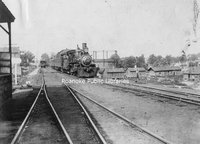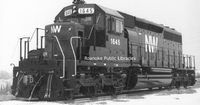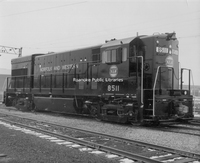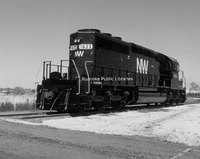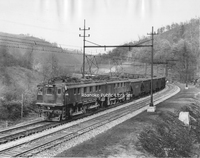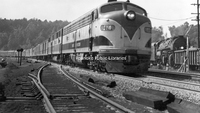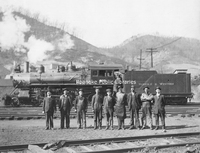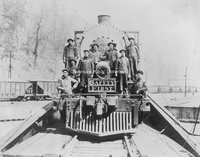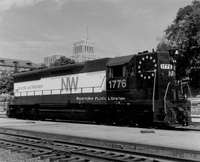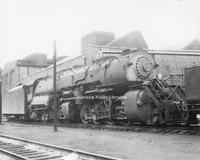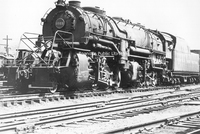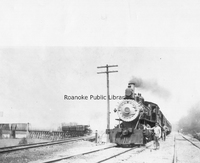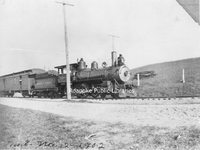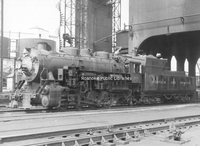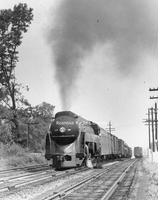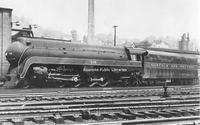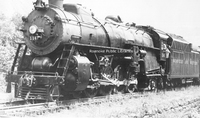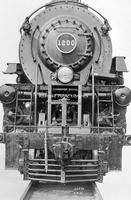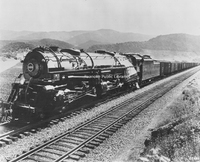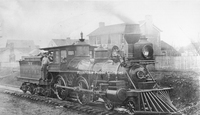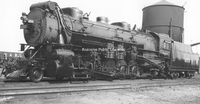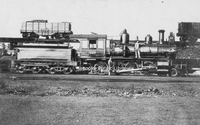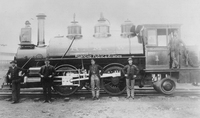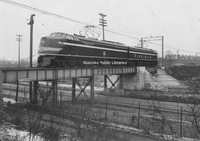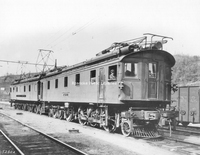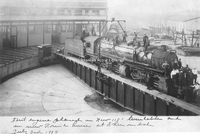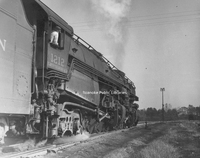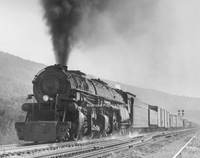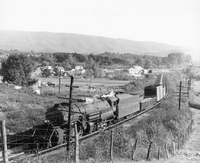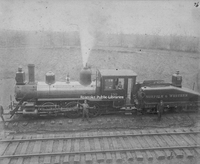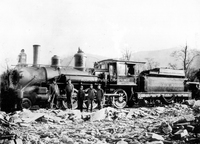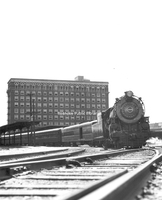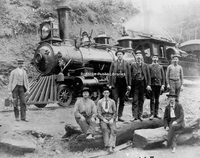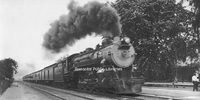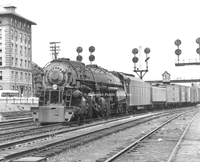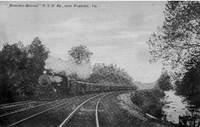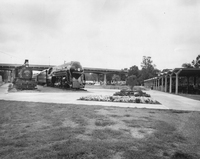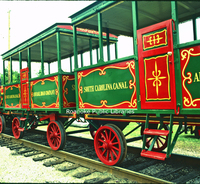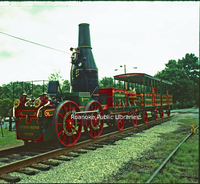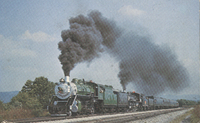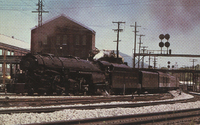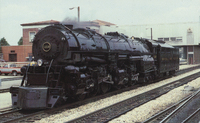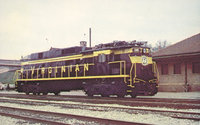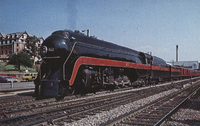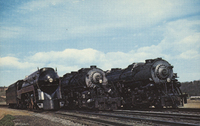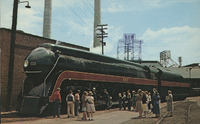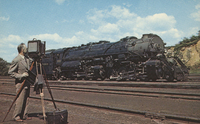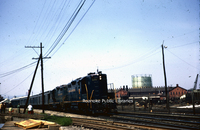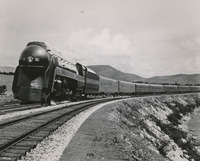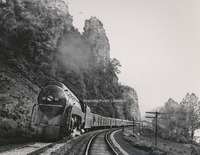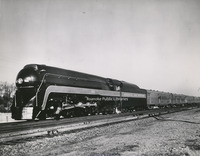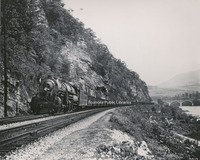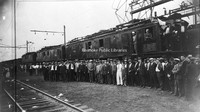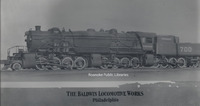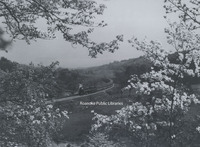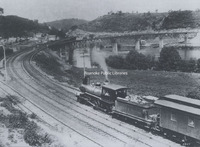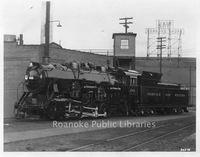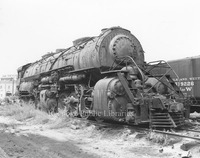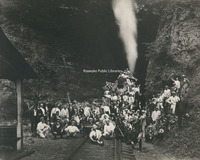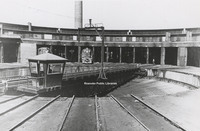Browse Items (113 total)
- Tags: locomotives
RVNH40421 Engine 605
RVNH40250 Virginian Railway
HNWR202
Tags: locomotives, N&W, Norfolk & Western, steam engines, trains
HNWR198
HNWR196
Tags: coal, Engine 2146, freight cars, locomotives, N&W, Norfolk & Western, steam engines, trains
HNWR194
HNWR193
Tags: Engine 131, hoists, locomotives, N&W, Norfolk & Western, railyards, trains
HNWR191
Tags: Engine 550, locomotives, N&W, Norfolk & Western, steam engines, trains
HNWR183
HNWR182
HNWR177
Tags: freight cars, locomotives, N&W, Norfolk & Western, trains
HNWR176
HNWR175
HNWR174
HNWR173
HNWR172
HNWR168
HNWR167
HNWR166
Tags: Class W, Engine 839, locomotives, N&W, Norfolk & Western, steam engines, trains
HNWR154
HNWR152
HNWR151
HNWR150
HNWR149
Tags: employees, Engine 264, locomotives, N&W, Norfolk & Western, steam engines, trains
HNWR148
HNWR140
Tags: coal yards, locomotives, N&W, Norfolk & Western, trains
HNWR139
HNWR136
HNWR125
Tags: erecting shops, locomotives, N&W, Norfolk & Western, trains
HNWR124
HNWR120
HNWR116
Tags: Class A, Class J, Class Y, Engine 1203, Engine 2123, Engine 600, locomotives, N&W, Norfolk & Western, steam engines, trains
HNWR114
HNWR111
Tags: diesel engines, Engine 1590, locomotives, N&W, Norfolk & Western, trains
HNWR109
Tags: Engine 173, locomotives, N&W, Norfolk & Western, Radford, Radford Pipe Yard, trains
HNWR107
Tags: coal, Engine 53, locomotives, N&W, Norfolk & Western, trains
HNWR101
HNWR100
Tags: accidents, Engine 43, locomotives, N&W, Norfolk & Western, Thaxton, train wrecks, trains
HNWR099
Tags: accidents, Engine 481, locomotives, N&W, Norfolk & Western, train wrecks, trains
HNWR098
Tags: locomotives, N&W, Norfolk & Western, Pocahontas, Powhatan Arrow, trains
HNWR097
Tags: Engine 475, locomotives, N&W, Norfolk & Western, steam engines, trains
HNWR094
HNWR090
Tags: Class M, Engine 1100, locomotives, N&W, Norfolk & Western, trains
HNWR089
Tags: Engine 20, locomotives, N&W, Norfolk & Western, trains
HNWR087
Tags: diesel engines, Engine 1645, locomotives, N&W, Norfolk & Western, trains
HNWR086
Tags: diesel engines, Engine 8511, locomotives, N&W, Norfolk & Western, trains
HNWR085
Tags: diesel engines, Engine 1633, locomotives, N&W, Norfolk & Western, trains
HNWR084
Tags: electric engines, Engine 2512, locomotives, N&W, Norfolk & Western, trains
HNWR083
HNWR077
Tags: employees, Engine 600, locomotives, N&W, Norfolk & Western, trains
HNWR076
HNWR074
HNWr073
HNWR072
Tags: Class Z, Engine 1438, locomotives, N&W, Norfolk & Western, trains
HNWR071
Tags: Class Y, Engine 2200, locomotives, N&W, Norfolk & Western, trains
HNWR069
Tags: Class Y, Engine 2139, locomotives, N&W, Norfolk & Western, trains
HNWR068
Tags: Class Y, Engine 2087, locomotives, N&W, Norfolk & Western, trains
HNWR067
Tags: Class Y, Engine 2058, locomotives, N&W, Norfolk & Western, trains
HNWR066
Tags: Class Y, Engine 2023, locomotives, N&W, Norfolk & Western, trains
HNWR065
Tags: Class W, Engine 800, locomotives, N&W, Norfolk & Western, trains
HNWR064
Tags: Class U, Engine 76, locomotives, N&W, Norfolk & Western, trains
HNWR063
Tags: Class N, Engine 37, locomotives, N&W, Norfolk & Western, trains
HNWR062
Tags: Class M, Engine 1112, locomotives, N&W, Norfolk & Western, trains
HNWR060
Tags: Class K, Engine 130, locomotives, N&W, Norfolk & Western, steam engines, trains
HNWR059
Tags: Class K, Engine 118, locomotives, N&W, Norfolk & Western, trains
HNWR058
Tags: Class K, Engine 114, locomotives, N&W, Norfolk & Western, trains
HNWR057
Tags: Class A, Engine 1200, locomotives, N&W, Norfolk & Western, trains
HNWR056
Tags: Class A, Engine 1200, locomotives, N&W, Norfolk & Western, trains
HNWR050
HNWR045
HNWR044
HNWR035
Tags: A.D. Lane, employees, Engine 345, Julian Hark, locomotives, N&W, Norfolk & Western, trains
HNWR034
HNWR033
HNWR032
HNWR031
Tags: Engine 1442, locomotives, N&W, Norfolk & Western, roundhouses, trains
HNWR030
Tags: Engine 1212, locomotives, N&W, Norfolk & Western, steam engines, trains
HNWR029
Tags: Engine 1228, locomotives, N&W, Norfolk & Western, trains
HNWR028
Tags: Engine 2165, locomotives, N&W, Norfolk & Western, railroads, trains
HNWR019
Tags: Charlie Roby, employees, Engine 138, locomotives, N&W, Norfolk & Western, Radford, railroads, trains
HNWR016
HNWR014
HNWR012
Tags: Engine 500, locomotives, N&W, Norfolk & Western, Pocahontas, railroads, trains
HNWR011
HNWR010
Tags: locomotives, N&W, Norfolk & Western, railroads, steam engines, trains
HNWR001
Tags: Class A 1219, locomotives, N&W, Norfolk & Western, trains
SR180 Memphis Special
Tags: locomotives, Memphis Special, N&W, Norfolk & Western, railroads, trains
RC46 Transportation Museum
Creasy16 Roanoke Transportation Museum
Creasy15 Roanoke Transportation Museum
PC 122.16 Virginian
Tags: locomotives, trains, Virginian Railway
PC 122.151 Locomotive No. 1218
Tags: Class A 1218, locomotives, N&W, Norfolk & Western, trains
PC 122.15 Locomotive No. 1218
Tags: Class A 1218, locomotives, N&W, Norfolk & Western, trains
PC 122.14 Virginian Railway No. 135
PC 112.13 N&W 611
Tags: Class J 611, locomotives, N&W, Norfolk & Western, Old 611, trains
PC 122.12 N&W Engines
Tags: locomotives, N&W, Norfolk & Western, trains
PC 122.11 Engine No. 603 Class J
PC 122.10 Engine No. 2171
Tags: Engine No. 2171, locomotives, N&W, Norfolk & Western, trains
Scyphers23 N&W GP9
MP 27.3 Engine 609
Tags: Engine 609, locomotives, N&W, Norfolk & Western, railroads, trains
MP 27.2 Engine 604
Tags: Engine 604, locomotives, N&W, Norfolk & Western, railroads, trains
MP 27.1 Engine 601
Tags: Engine 601, locomotives, N&W, Norfolk & Western, railroads, trains
MP 27.0 Engine 2151
Tags: Engine 2151, locomotives, N&W, Norfolk & Western, railroads, trains
Davis2 61.25 Virginian #104
Tags: EL-3A, locomotives, railroads, trains, Virginian Railway
Davis 645 Virginian 700
Davis 61.24 Powhatan Arrow #4
Tags: locomotives, N&W, Norfolk & Western, Powhatan Arrow, railroads, trains
Davis 61.23 N&W Class N Locomotive
Tags: Class N, locomotives, N&W, Norfolk & Western, Radford, railroads, trains
Davis 61.22 N&W Class S1A #244
Tags: Class S1A, locomotives, N&W, Norfolk & Western, railroads, steam engines, trains
Davis 61.2 NW Class Y6b #2189
Davis 56.413 Booster Club
Tags: Booster Club, locomotives, organizations
Davis2 30.1u Shaffers Crossing Roundhouse
Tags: locomotives, N&W, Norfolk & Western, Northwest, Shaffer's Crossing, trains

